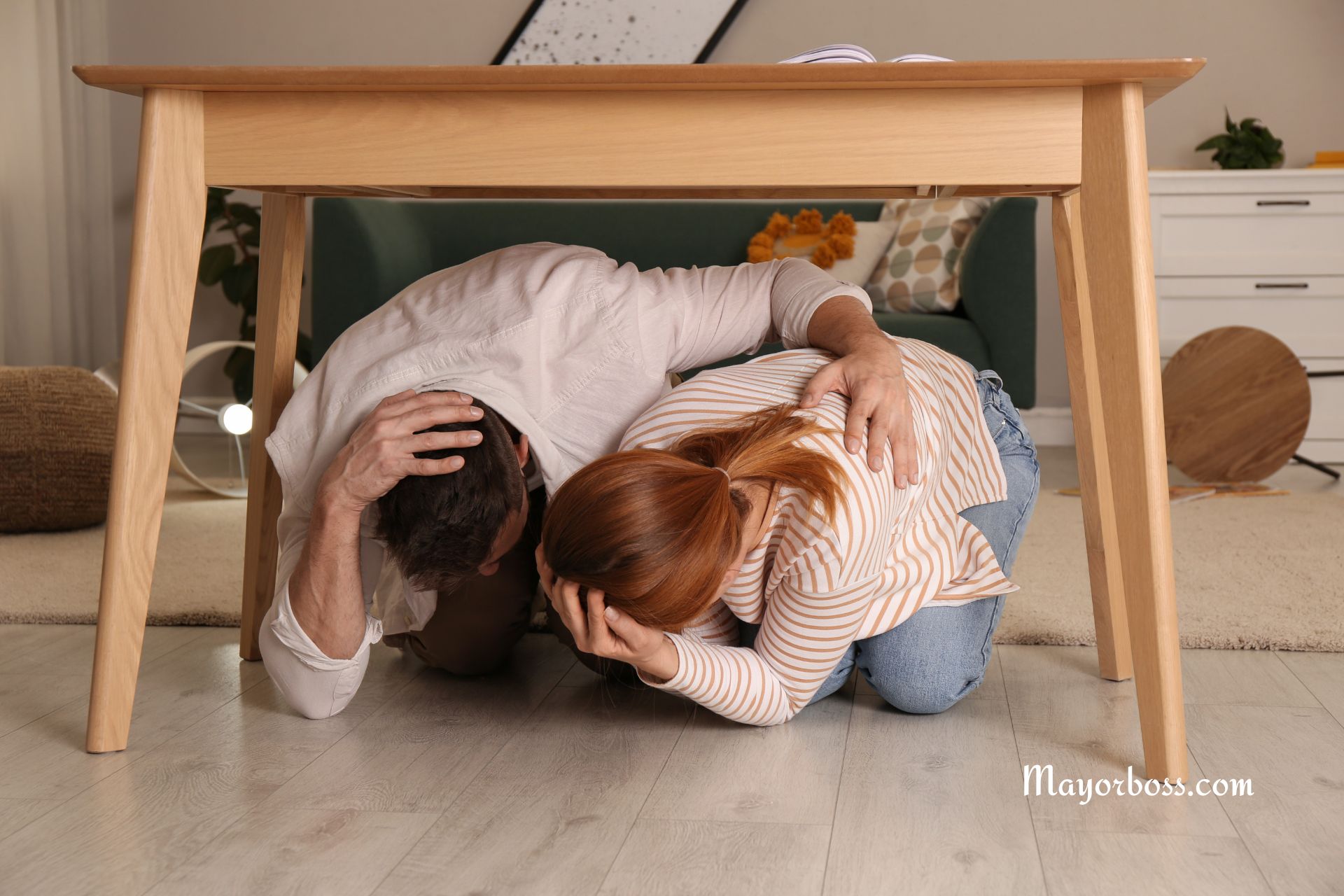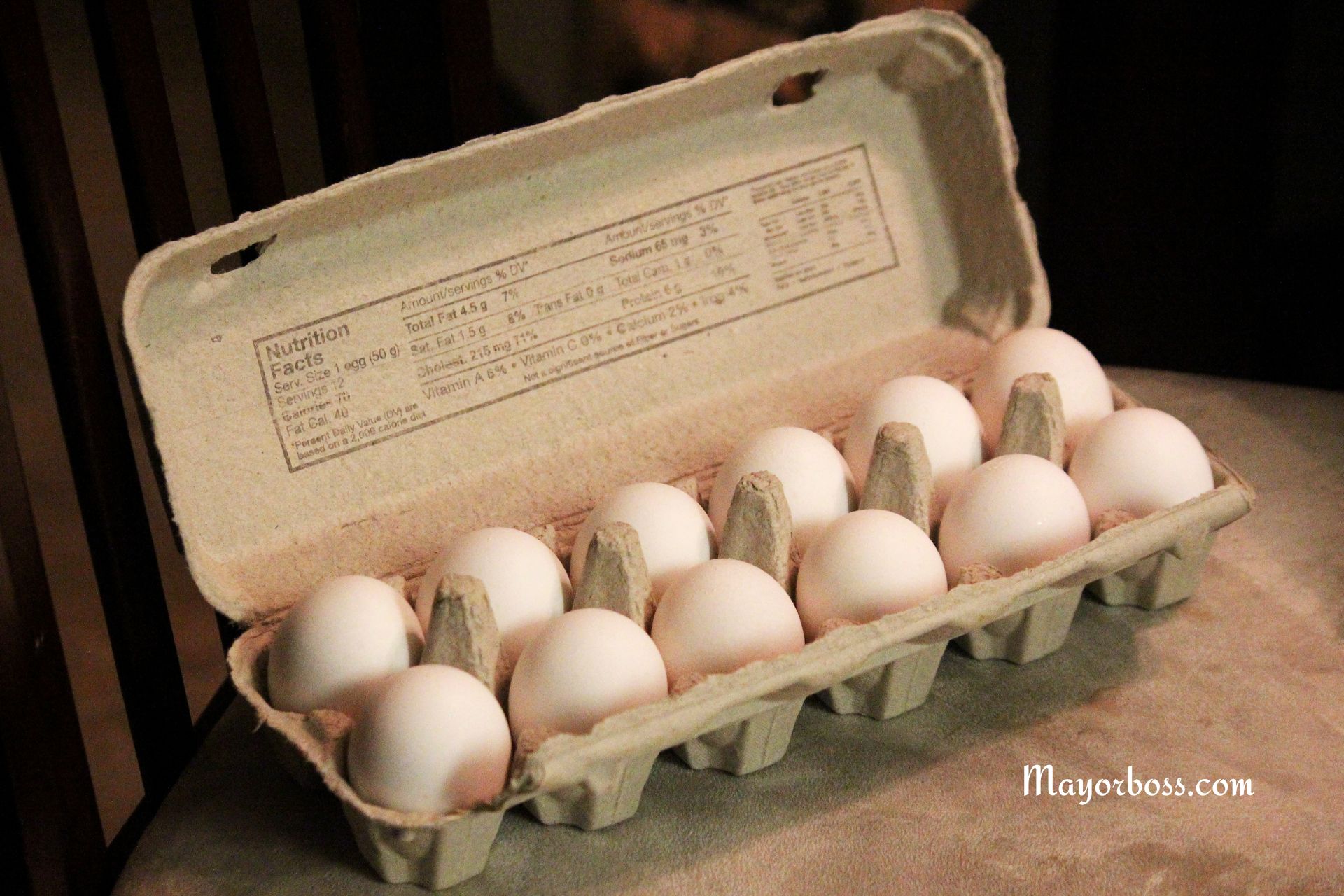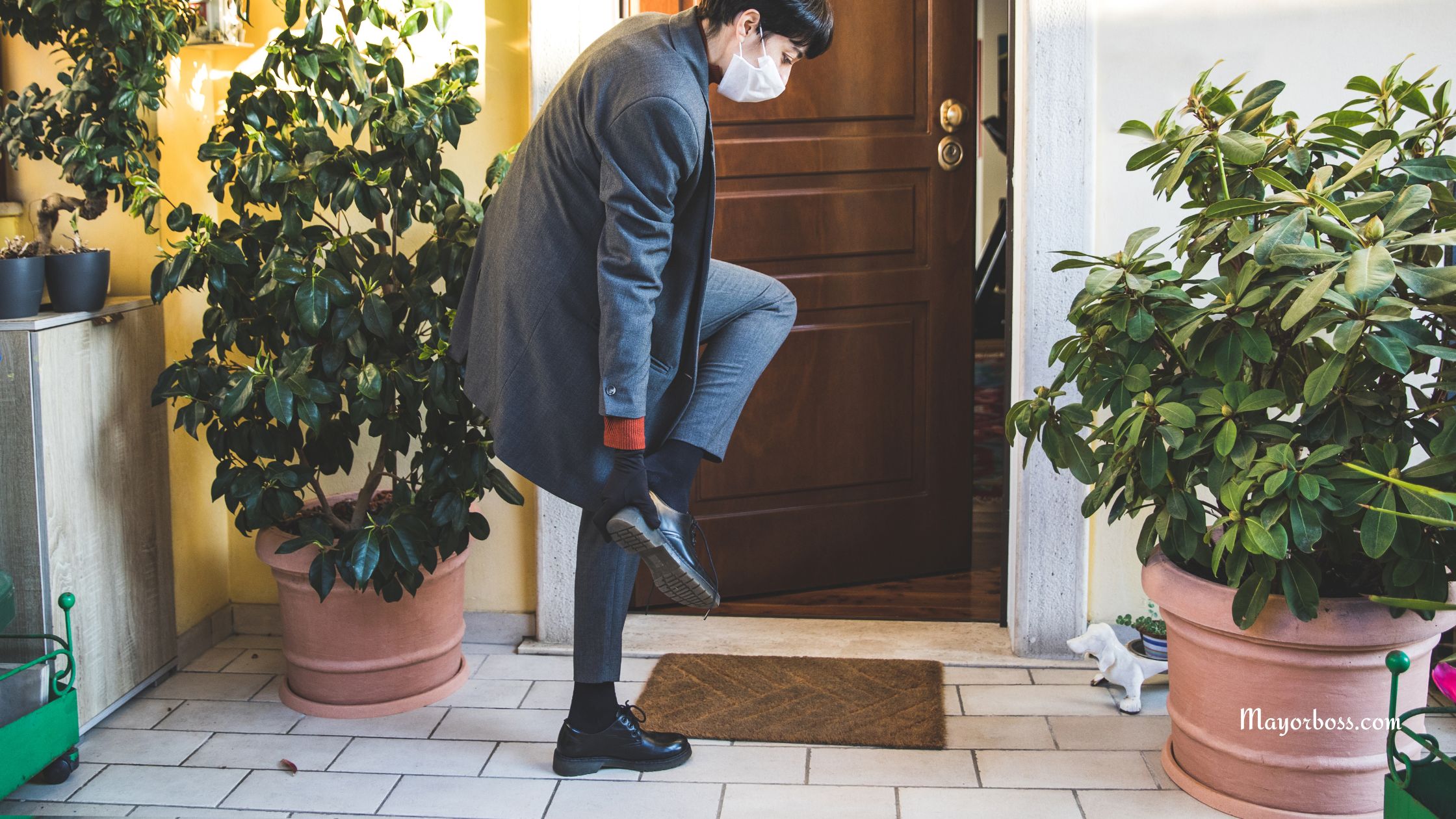5 Places to Hide During an Earthquake (And Where NOT to Go)
When an earthquake strikes, finding a safe spot can significantly increase your chances of emerging unscathed. This guide aims to arm you with knowledge on where to seek refuge during an earthquake and which areas to steer clear of. Keep in mind your safety could depend on making the right choice in these critical moments.

Safe Zones: Where to Hide
1. Under Sturdy Furniture
This is a classic safety tip for a reason. If you’re indoors when the ground starts to shake, take cover under a strong table or desk. This can protect you from falling debris, a common cause of injury during earthquakes. Make sure to hold on to the furniture’s legs to keep it from moving away from you.
2. Interior Walls and Corners
Walls away from windows and in the center of the building are structurally sound areas. The corners of rooms can also offer added stability. Positioning yourself against these can reduce your risk of getting hit by flying glass or debris.
3. Door Frames (With Caution)
Once recommended, standing in a doorway is now advised only if you know it’s a load-bearing door frame, and you have no better alternative. It’s crucial to be cautious, as swinging doors can cause injuries.
4. Bathrooms
Surprisingly, bathrooms can be safe due to their smaller size and the additional support from pipes. Curling up in the bathtub, shielded by its sturdy material, can provide a decent level of protection.
5. Stairwells
In multi-story buildings, stairwells are often reinforced and can be safer than other areas. If you can safely reach a stairwell, it might offer a secure spot away from windows and exterior walls.
Danger Zones: Places to Avoid
1. Near Windows
Windows can shatter, sending glass flying. During an earthquake, stay away from windows to avoid being cut or seriously injured by glass fragments.
2. Outside Near Buildings
If you find yourself outside, move away from buildings. Falling bricks, glass, and other materials can be deadly. Seek an open area away from structures.
3. Elevators
Elevators should be avoided during earthquakes. They can become traps if the power fails or if the elevator shaft is damaged.
4. Kitchens and Heavy Furniture
Kitchens have a high concentration of appliances and objects that can turn into projectiles. Similarly, heavy furniture can topple over, so avoid these areas.
5. Doorways in Modern Homes
Most modern homes do not have load-bearing door frames, making doorways less safe than you might think. Avoid standing in doorways in newer buildings.
FAQs
What should I do if I’m outside during an earthquake?
If you’re caught outside, move to an open area away from buildings, trees, streetlights, and utility wires. Drop to the ground and cover your head and neck with your arms until the shaking stops.
Can I use an elevator during or after an earthquake?
No, avoid using elevators. Use stairs instead. Elevators might fail during earthquakes, leading to entrapment or other dangers.
Is it safe to stand in a doorway during an earthquake?
This advice is outdated for most modern buildings, which typically do not have reinforced door frames. It’s better to find cover under sturdy furniture or against an interior wall.
In an earthquake, making smart choices quickly about where to go can greatly influence your safety. Always prioritize protection from falling debris and know the safest spots in your home or workplace. Awareness and preparation are key to navigating these terrifying events with greater confidence and security.






